Beer Cocktails | Diesel Beer & Coke Taste Test
Now that Oktoberfest has ended, what do we do with all the leftover beers? Yes, you could easily drink them but if you’ve grown tired of steins and steins of German beer, then might PorchDrinking offer you a delicious, unique alternative! Presenting the Diesel, a 50/50 mix of Beer and Coca-Cola.
Although it’s never quite taken off in the States; Europe absolutely loves the Shandy (beer/lemonade mix) and the Radler (beer/lemon soda). Many of the major macro breweries make their own. They are adored in the summer as a thirst-quencher and particularly loved by cyclists for long treks. And while many German beers are known for their singular refined taste, cola is a flavor that you can sometimes detect in Belgian styles like Dubbels and Quads. The layers of caramel flavor and sharpness from the distinctive taste could pay off to a very taste beverage.
The Diesel or “Colaweizen” as one of its many names begs the question, what kind of beer? That is what I have pushed forward to find out. Thanks to some fortunate distribution and the greatness of variety packs, I’ve brought in 9 different beers to do a taste test. Some are German, others are American, but this way we can cover the whole gamut of potential beer styles. The full beer will be on the left and the Coke/Beer mixture will be on the right.
Paulaner | Munich Lager
The Helles Lager is an unsung hero amongst the Paulaner’s classic lineup. It’s crisp, floral hopped with a very mild honey treacle sweetness and unending aroma of freshly baked bread. Paulaner is the brewery that dominates the fall but this would be good for any time of the year.
Going with such a light, neutral beer is the best starting point for this cocktail journey. The Coke adds more sugary sweetness, enhancing the bitter floral notes and giving the beer more body. The flavor isn’t much of a transformation at all; though it leaves a bit of an unpleasant aftertaste the longer it sits.
Paulaner | Hefeweizen
Paulaner Hefe-Weizen tends to be more readily available within my market, which is always a nice option when I want something typical to the style. It’s lead by the esters giving off an enticing smell of bubblegum and banana bread. The taste has a bit more of a clove-y spice, giving you the full package of a beer light as a meringue you’d never get sick of.
Out of all the options available, I assumed this pairing would offer the most contrasting taste. I was accurate much to my delight. The Coke has given much more of a spice note, with the sharpness from the carbonic acid adding new character to the beer. The esters and the caramels are fighting for control, but the result is surprisingly velvety smooth drink. Definitely worth trying.
Paulaner | Oktoberfest Marzen
In my humble opinion, Paulaner’s Oktoberfest Märzen is one of the best of the style. It showcases how malts can bring forth so many amazing distinctive notes of caramel, toast, and biscuits all throughout the beer. Yet the taste has such a restrained sweetness and clean finish that would never tire you out.
Out of every style for this experiment, the Oktoberfests would be most familiar in flavor to the Coca-cola, but that sadly falls under it’s detriment. The beer becomes thinned out and the Coke looses its trademark character. That doesn’t mean the sweetness goes away, on the contrary it becomes sickly and near oxidized in taste. A big miss.
Paulaner | Salvator Bock
Over the years of my craft beer journey, I’ve really grown to respect the Doppelbock. So many German beers are known for their refinement and nuance, but this style is not afraid to its own thing. The beer is simply gorgeous with that tawny brown appearance followed by the smell of pumpernickel and toffee. Salvator is certainly more boozy than it’s brethren, but makes up for in its layers of sweetness and hop bitterness.
This is one of the few beer styles that is not overpowered by the Coke, giving off a new enjoyable taste. That carbonic sharpness eases up the booziness and unlocks a tannic taste in the dark malts. It’s a very moor-ish beer that offers complexity with the smooth sweetness that you’ll want to chew on. A worthy recommendation.
Port City | Hefeweizen
Compared to the previous iteration, Port City Hefeweizen is a lot more wheat-forward in both the taste and the body. The banana/clove esters are present, but the yeast is taking more of a backseat for a very quenchable Hefeweizen with a more sturdy flavor.
This Diesel had one of the more interesting flavors, developing a taste similar to an Inca Kola or Mai-Tai. Those tiki drinks will sometimes use strong spiced syrups to counteract the sweet tropical fruits and that’s what you get here. Many of the flavors here are fighting for dominance but there is a pleasant sugariness making it worth a try.
Port City | German Pilsner
The American-made German Pilsner brings a lot more of a grass, noble hop character all throughout the beer from sniff to smack. This beer is actually the lightest on the list (4.6% abv) but still packs quite the punch between the hops and grainy sweetness.
I can’t say this combo invited much confidence considering it’s simplicity. The cola is shockingly missing here that only pops up in that an off-tasting fleeting feeling on the palate. The smell is a bit more pleasing bringing out some citrus but it lacks an enjoyable flavor.
Port City | Oktoberfest
Port City Oktoberfest Märzen highlights a lot of the elements I like in most American variations. The malts taste a little more toasted and there’s some very mild caramelized fruit notes that give the style a lot more dimension. This is the type of Oktoberfest you like to enjoy at home rather than giant steins outside.
Similar to the last one, this mix of cola and Oktoberfest does not work at all. The flavors become terribly muddled stripping out the best aspects of both drinks. It’s ultimately underwhelming leaving just a chemical film behind.
Port City | Schwartzbier
Although Schwartzbiers are not typical for the Oktoberfest Season, I think they are a valuable part of the history of German beer that deserve respect. Port City Schwartzbier has a delicate smokiness that enhances the dark, roasty malts and cocoa powder notes. It’s the perfect transition between Fall and Winter without getting any heavier.
I was very curious as to how this one would turn up considering smoke is such a powerful flavor yet the beer is so light. The Coca-Cola cannot compete with the Schwartzbier; it doesn’t really add anything to the taste. There’s a touch of extra sweetness that makes similar to the recent Coffee-infused Coke, but it sadly it adds a bit of a staleness to the beer.
Port City | Optimal Wit
I snuck this beer into the guide for a few reasons. It’s important to differentiate between a Hefeweizen and a Witbier, it’s available year-round, and it’s a beer that I believe best highlights Port City Brewing Company. Was it worth including?
This mixture of beer and soda makes me think of radler/shandy origins the most. The peppery spice combined with the orange peel works beautifully with the natural sugary taste of the Coke. It almost concentrates the taste like the syrup you’d find in a frozen drink. These two bring out the best in one another.
Scott Johnson’s Diesel Rankings
- Paulaner Hefeweizen
- Port City Optimal Wit
- Paulaner Salvator
- Port City Hefeweizen
- Paulaner Munich Lager
- Port City Schwartzbier
- Port City German Pilsner
- Paulaner Oktoberfest Märzen
- Port City Oktoberfest


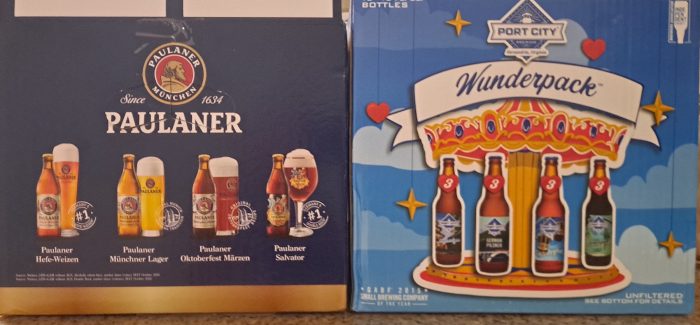
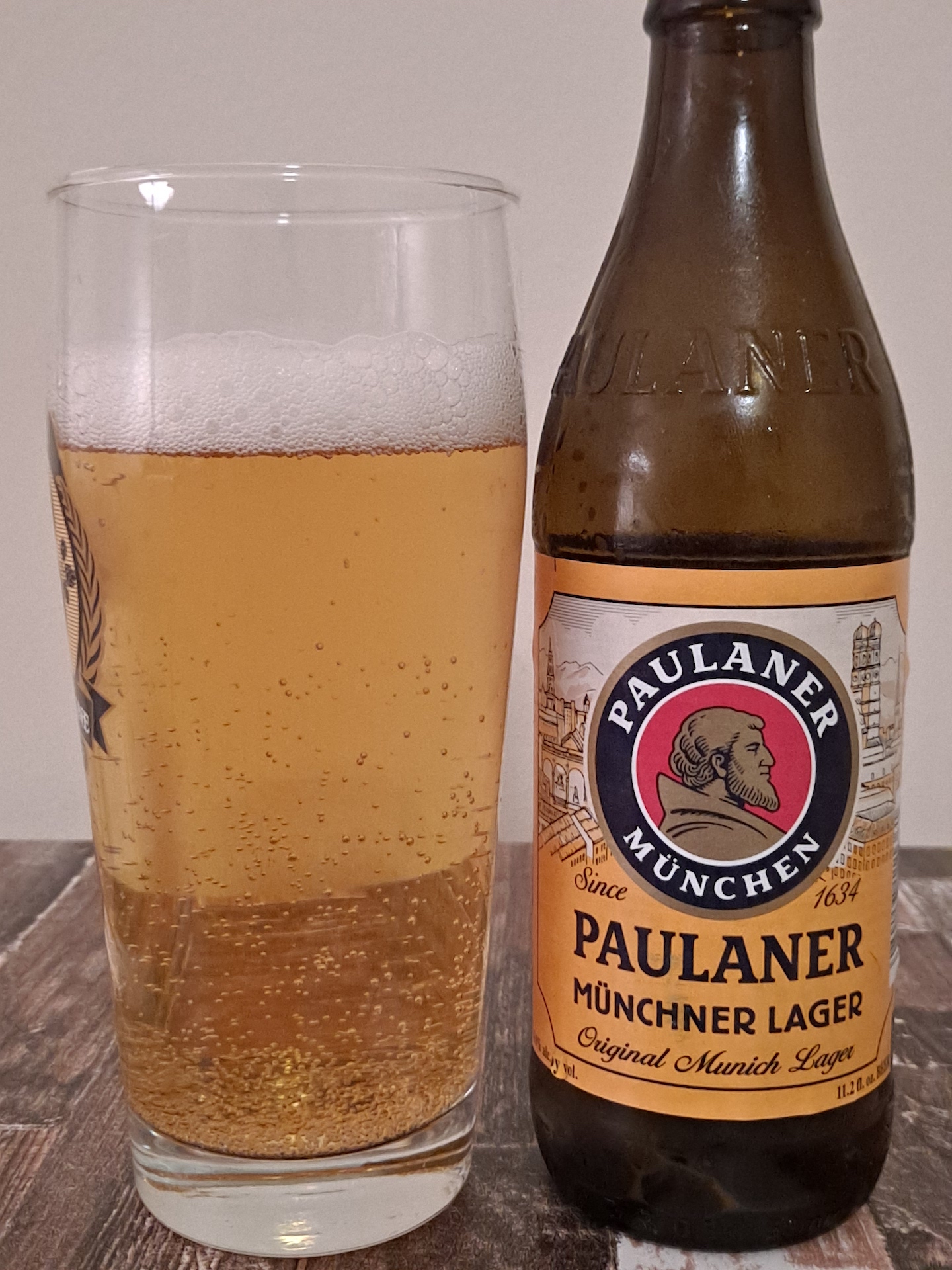
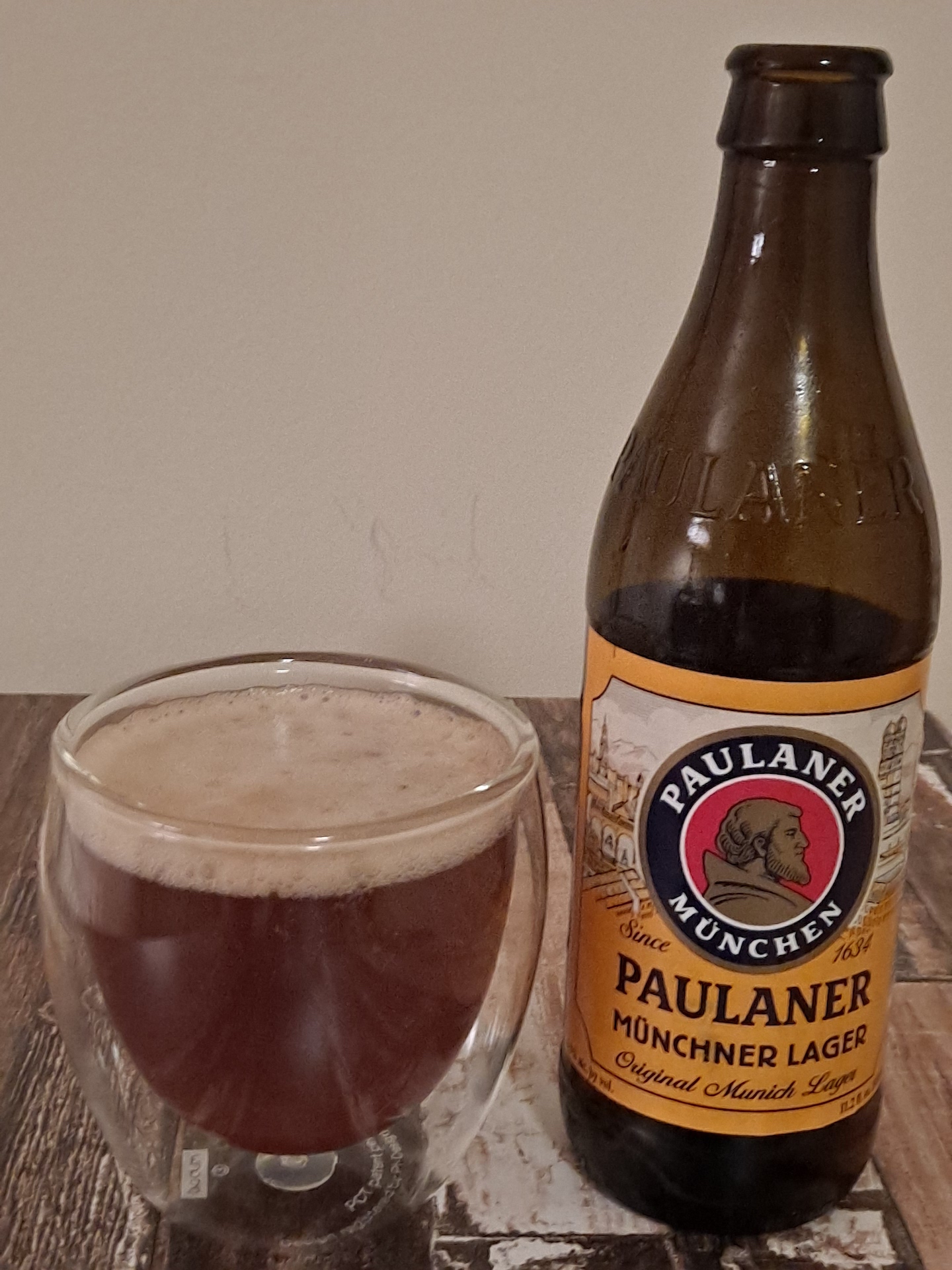
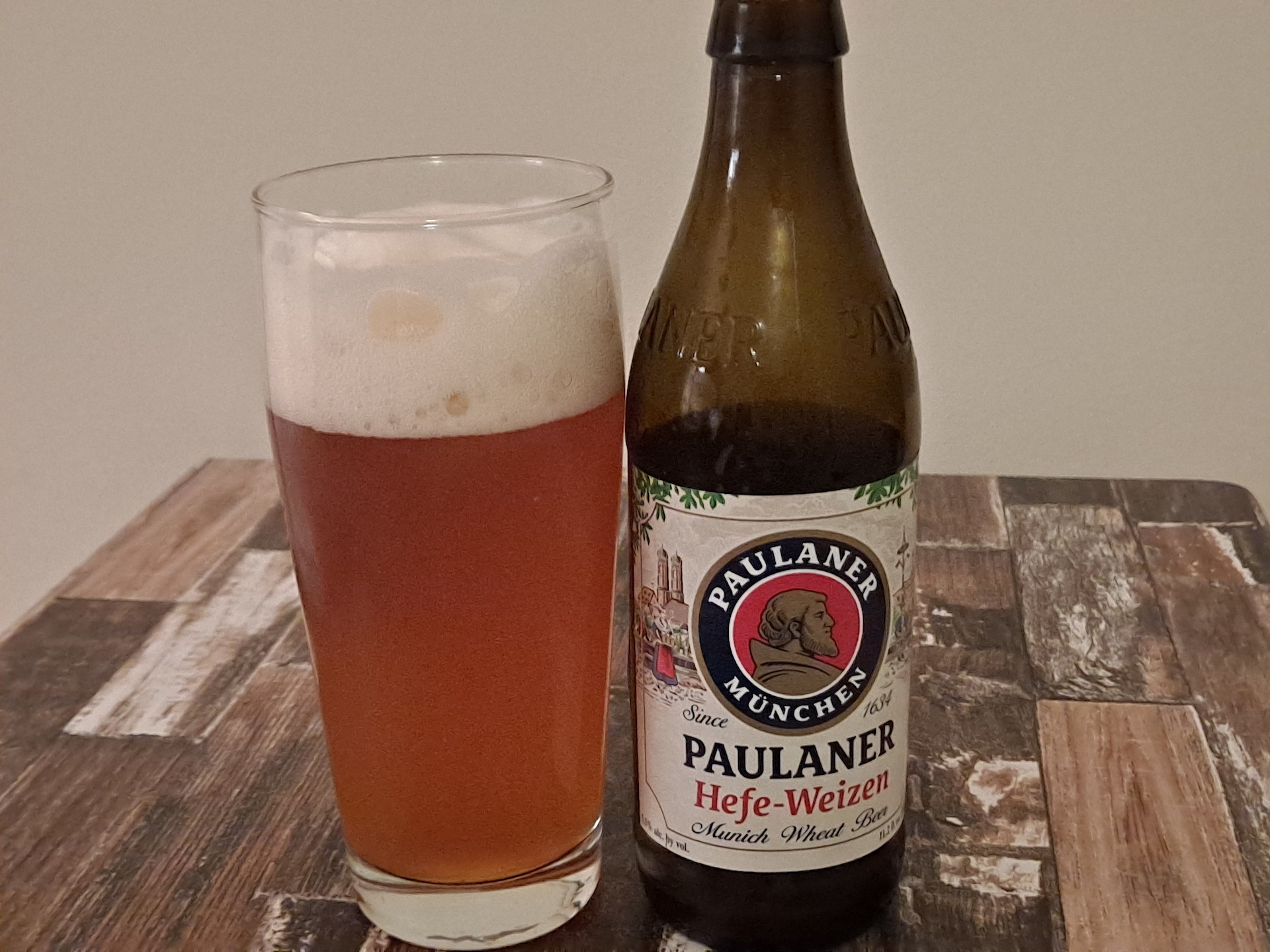
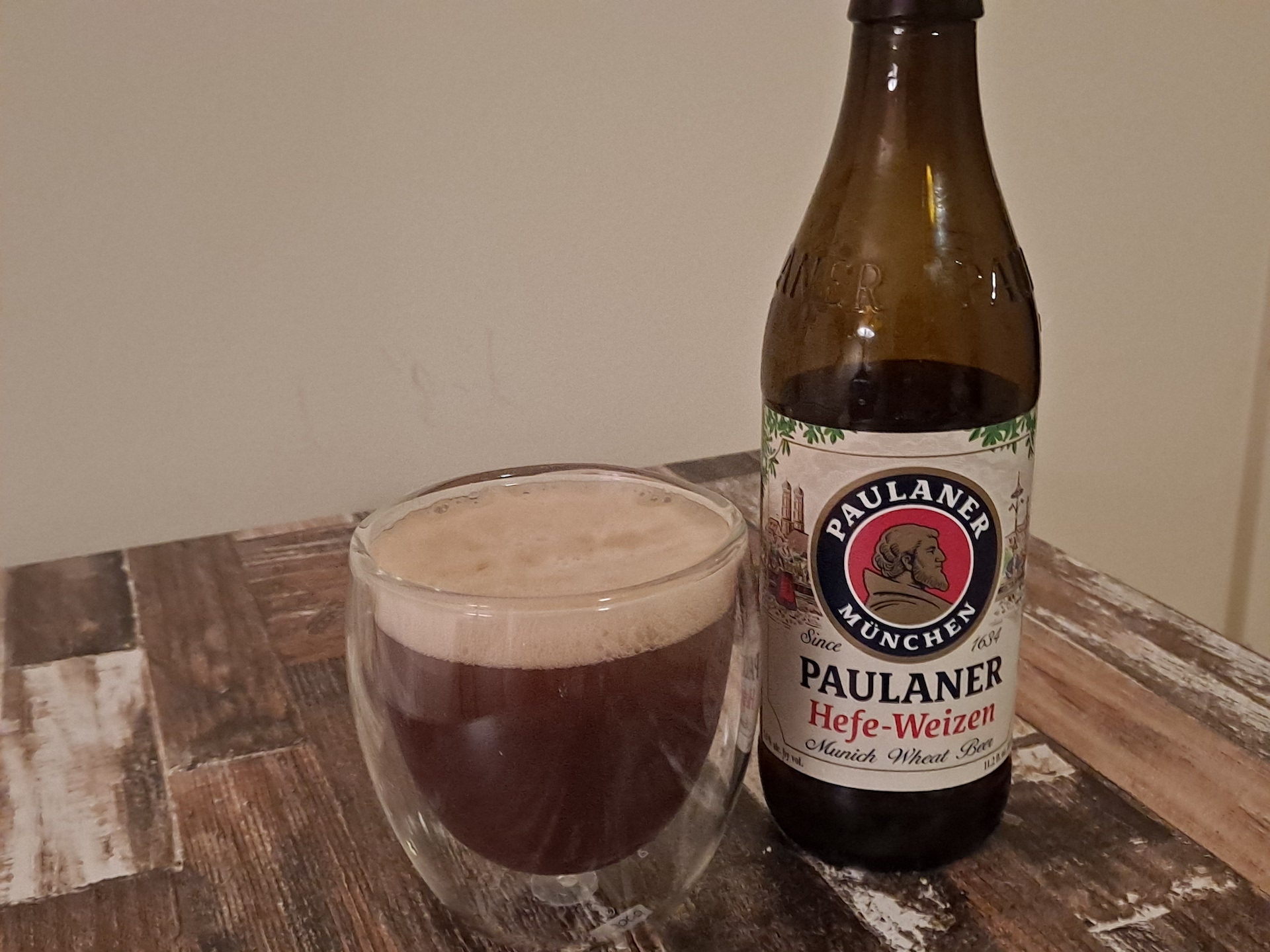
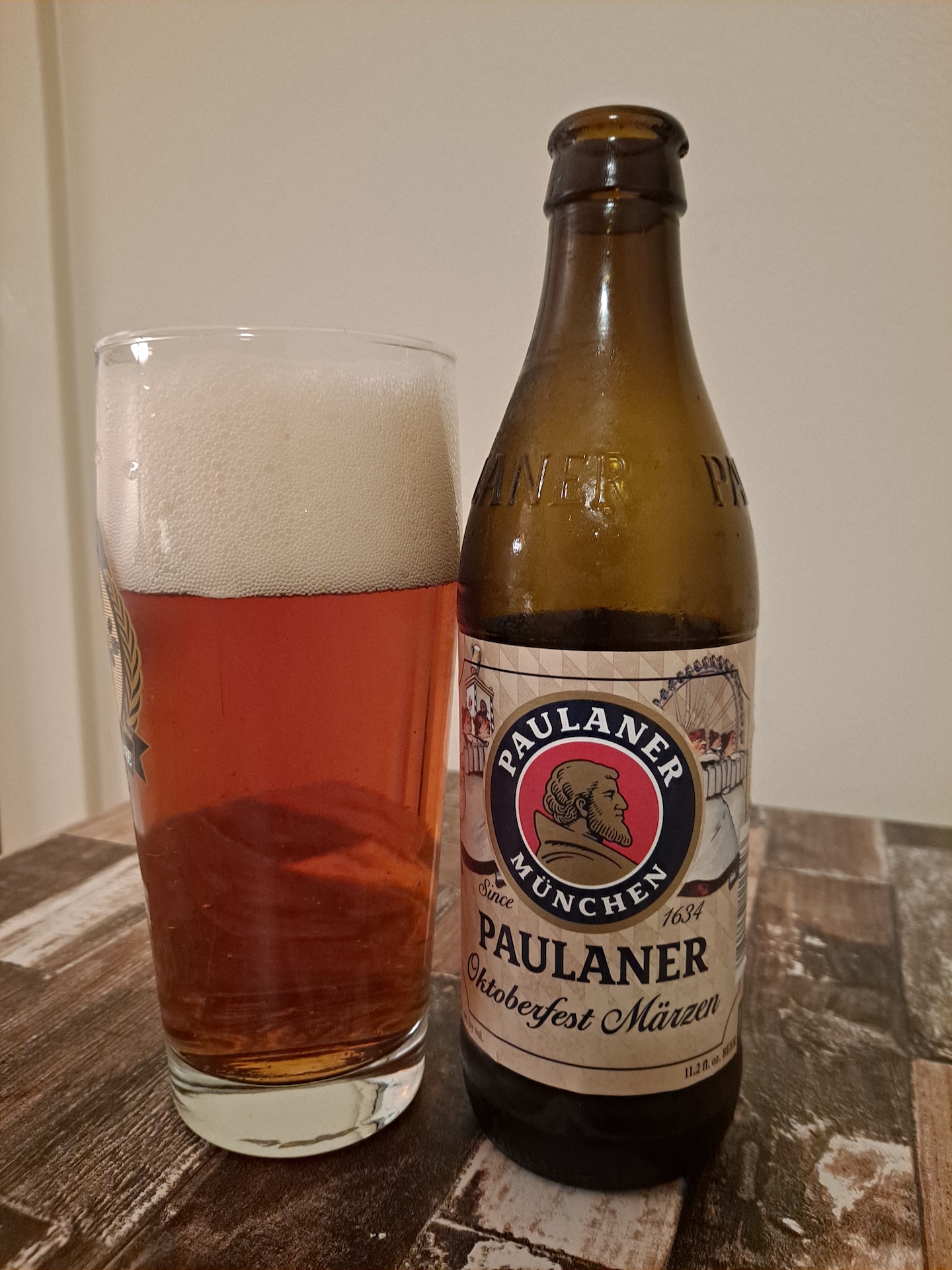
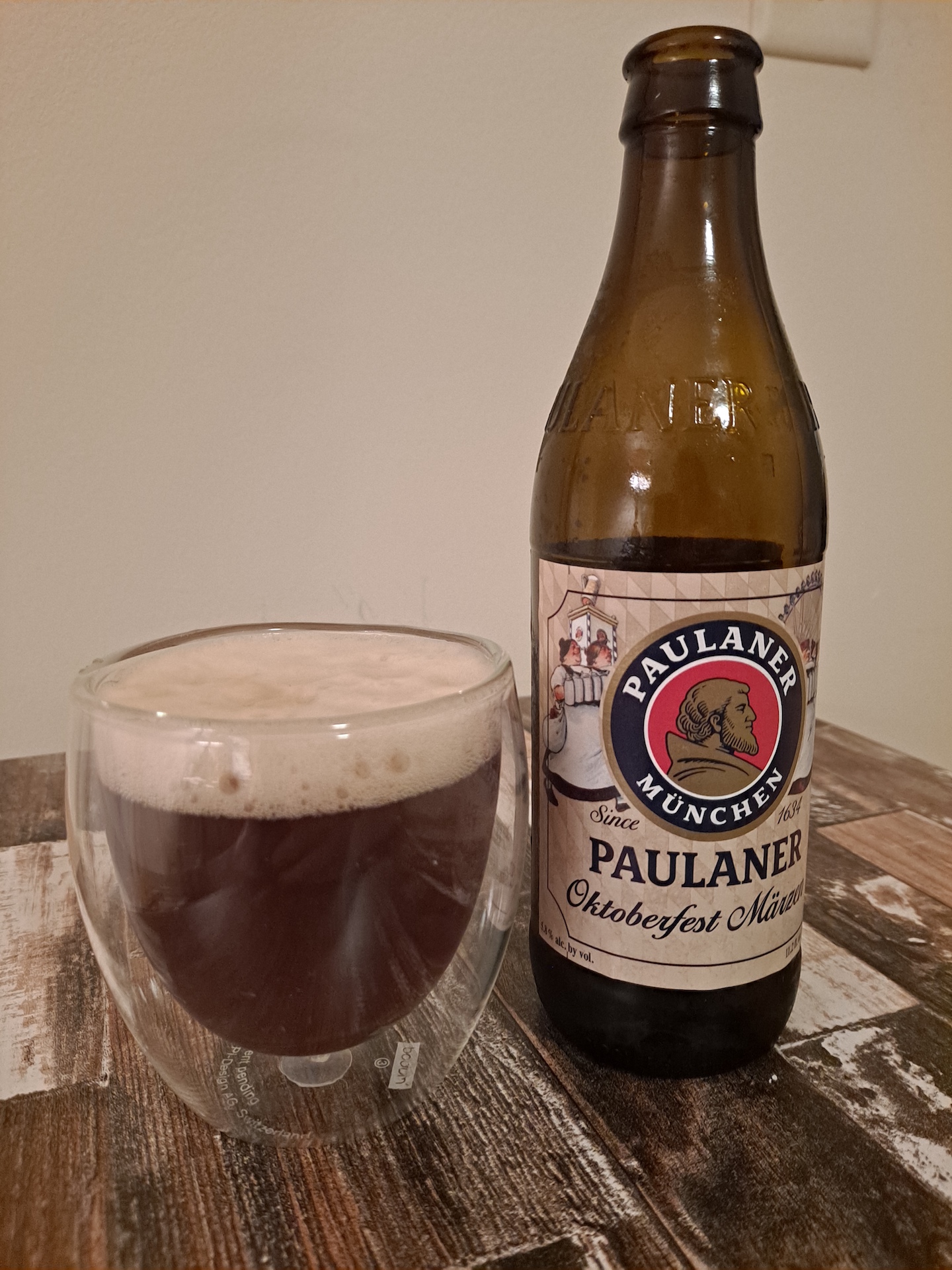
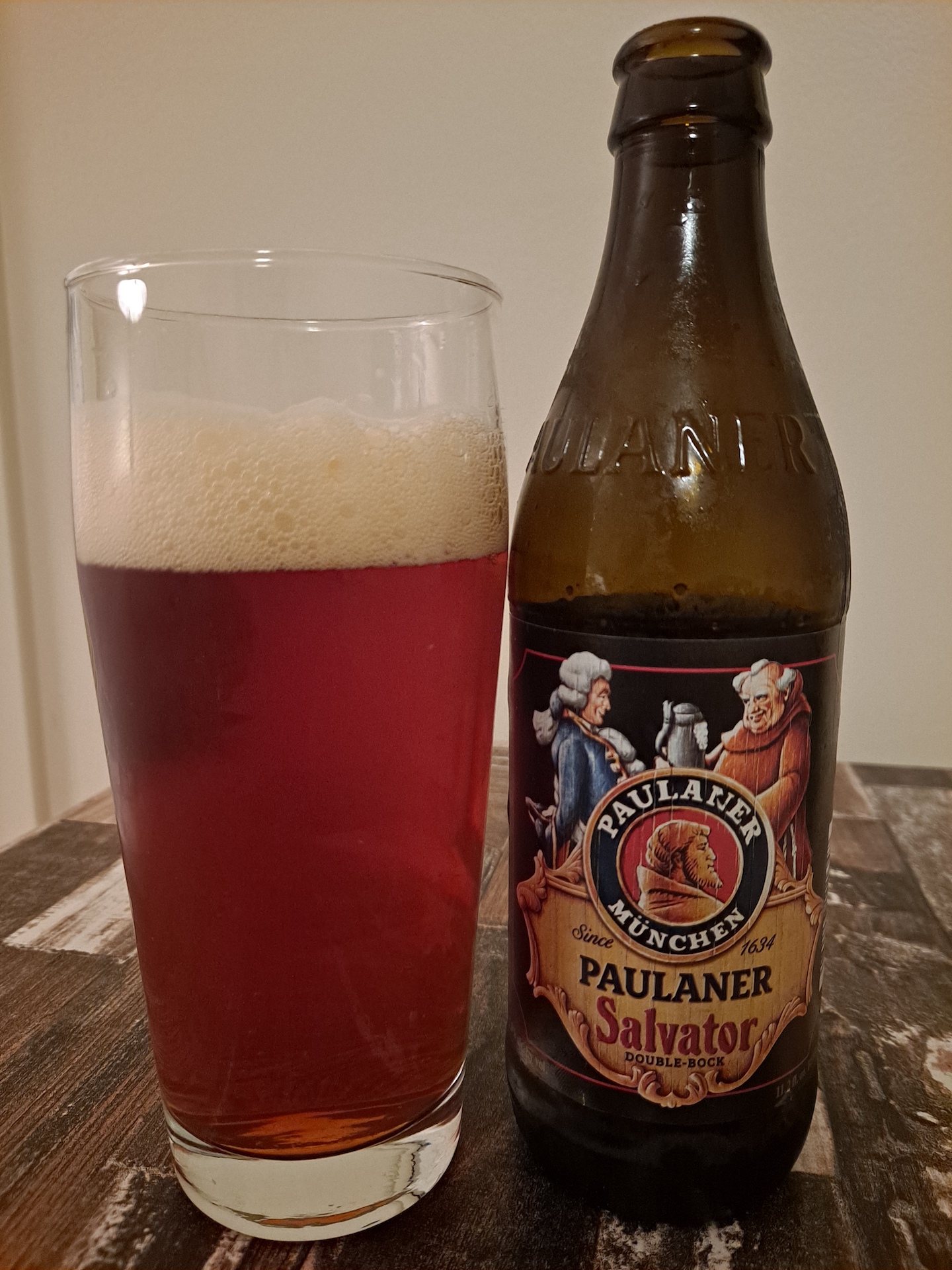
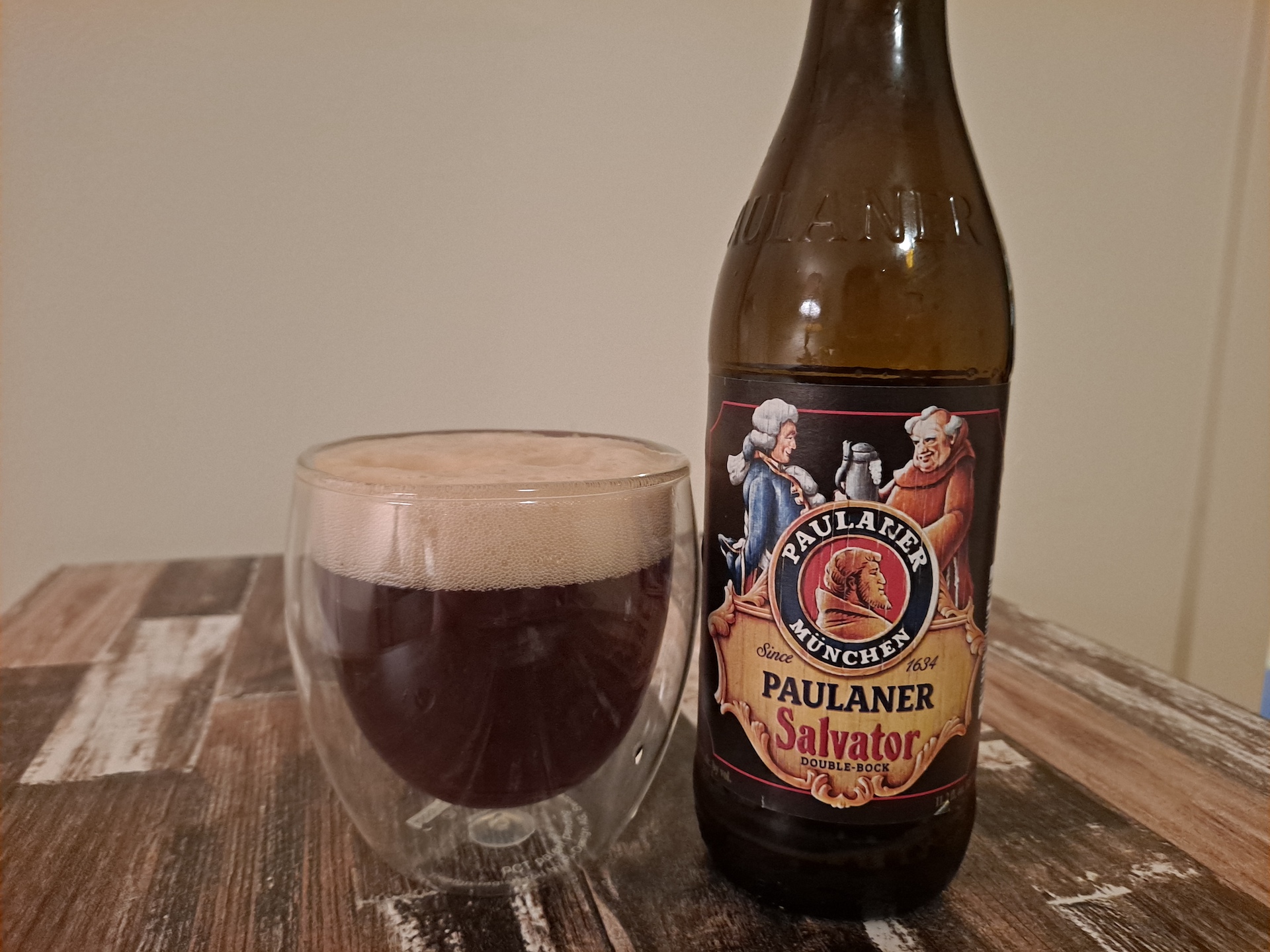
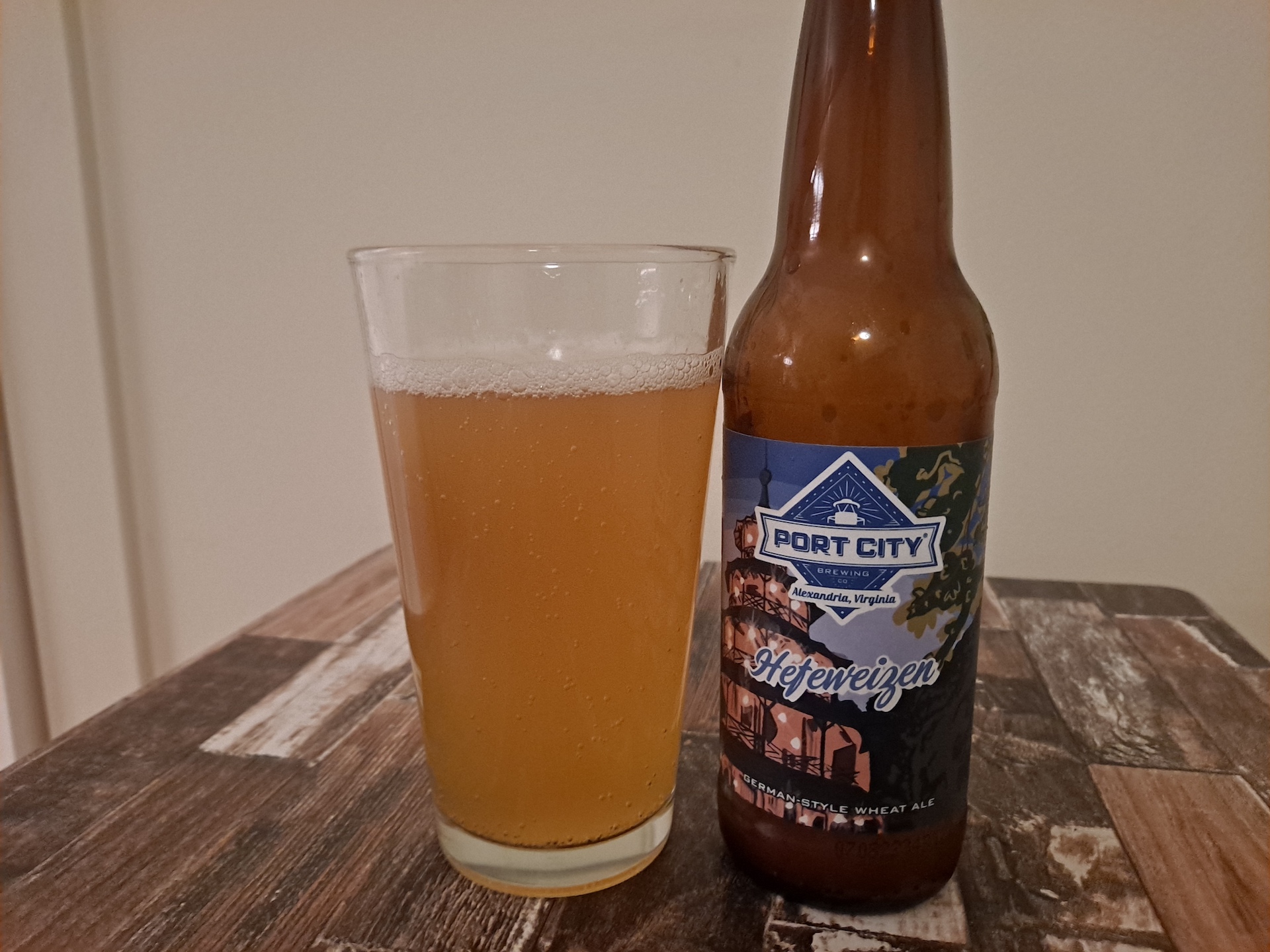
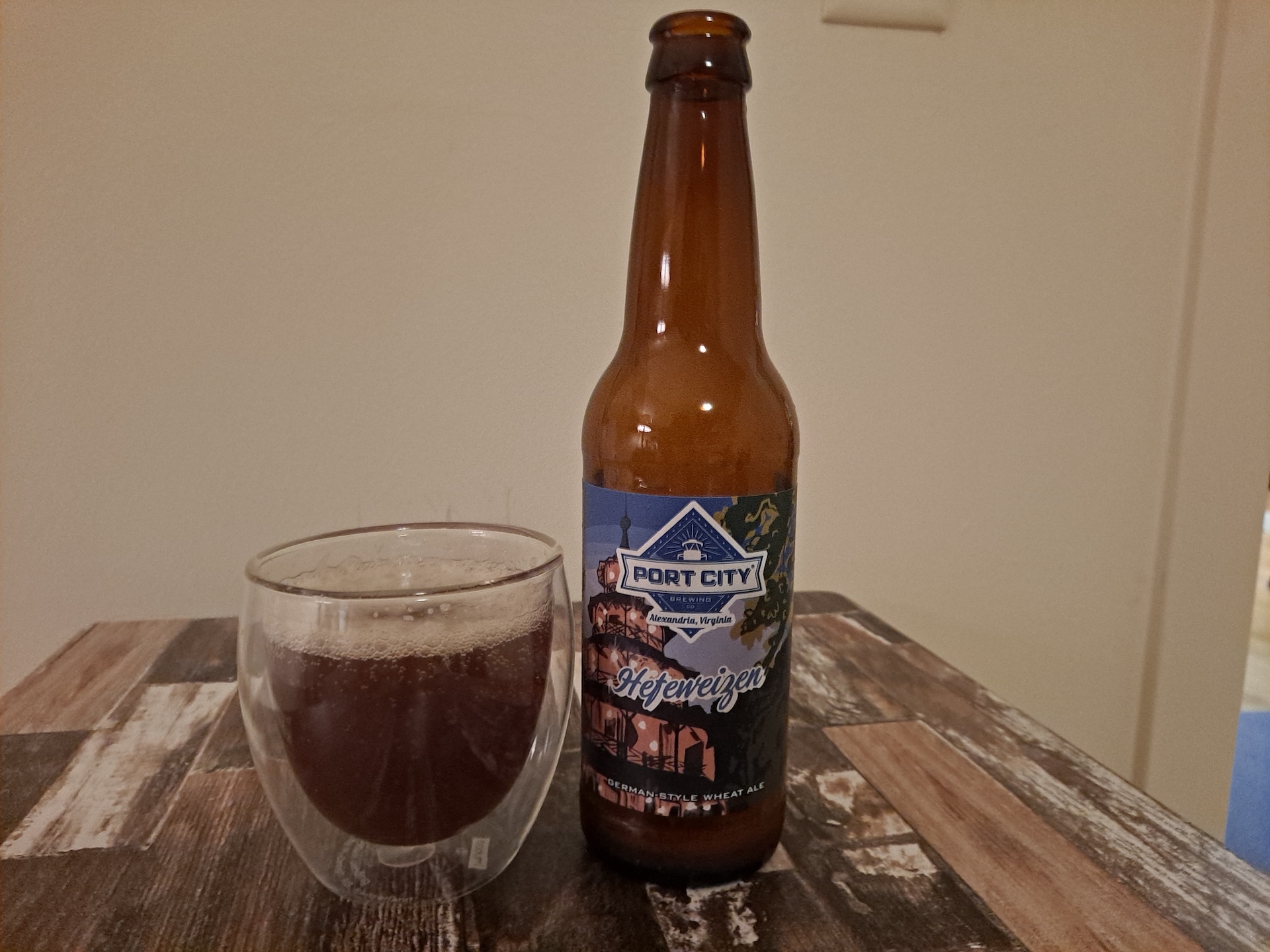
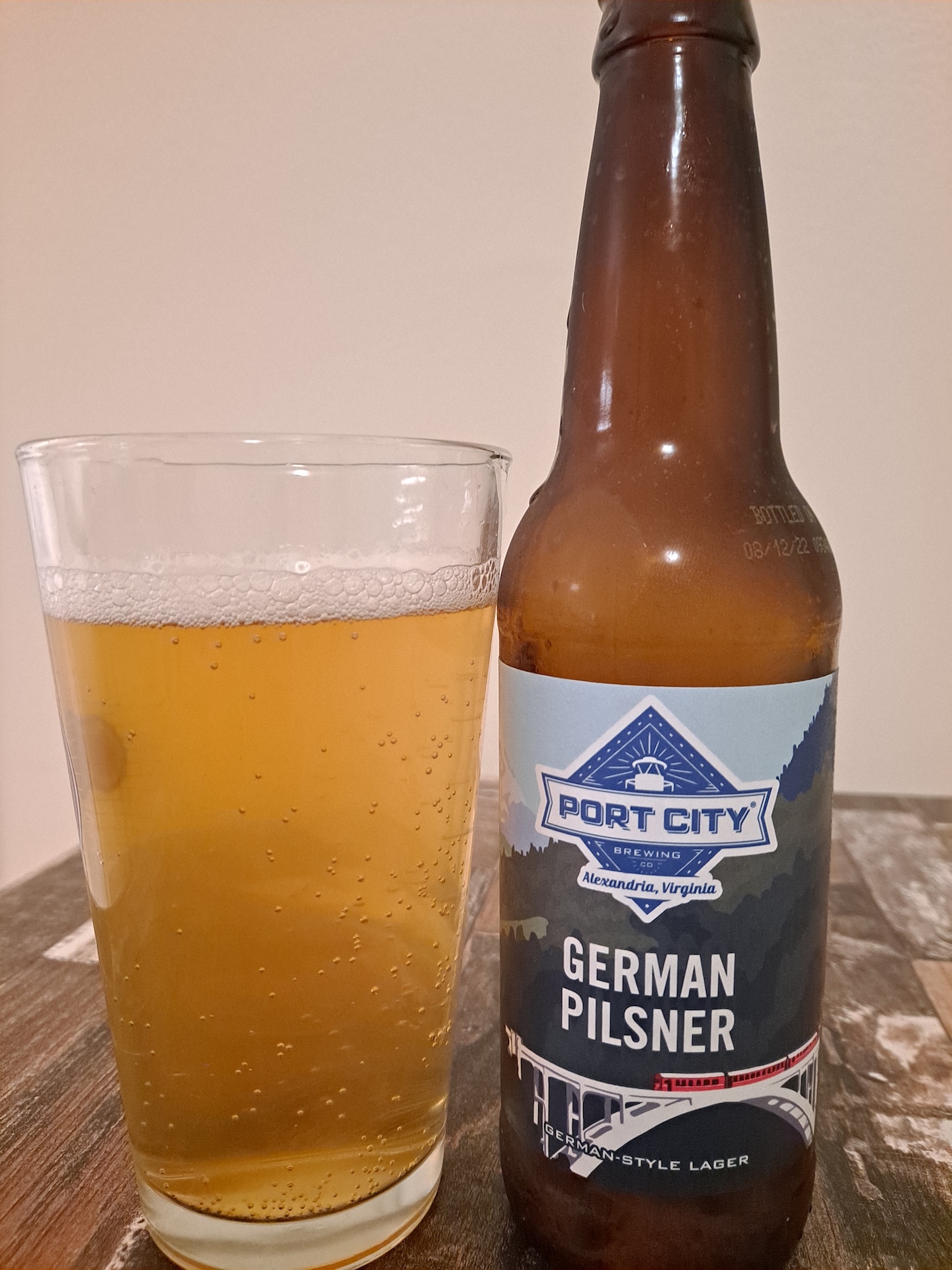
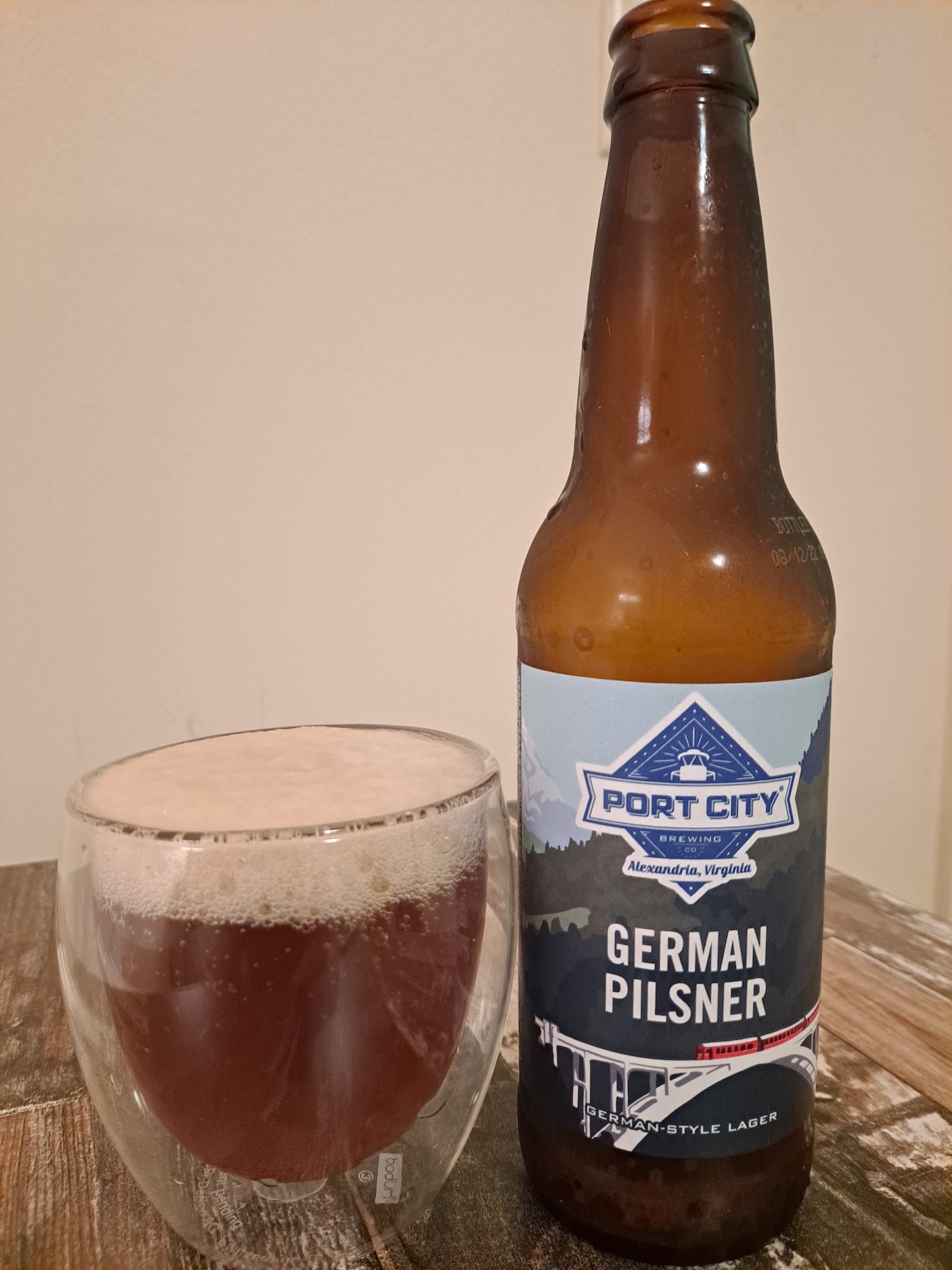

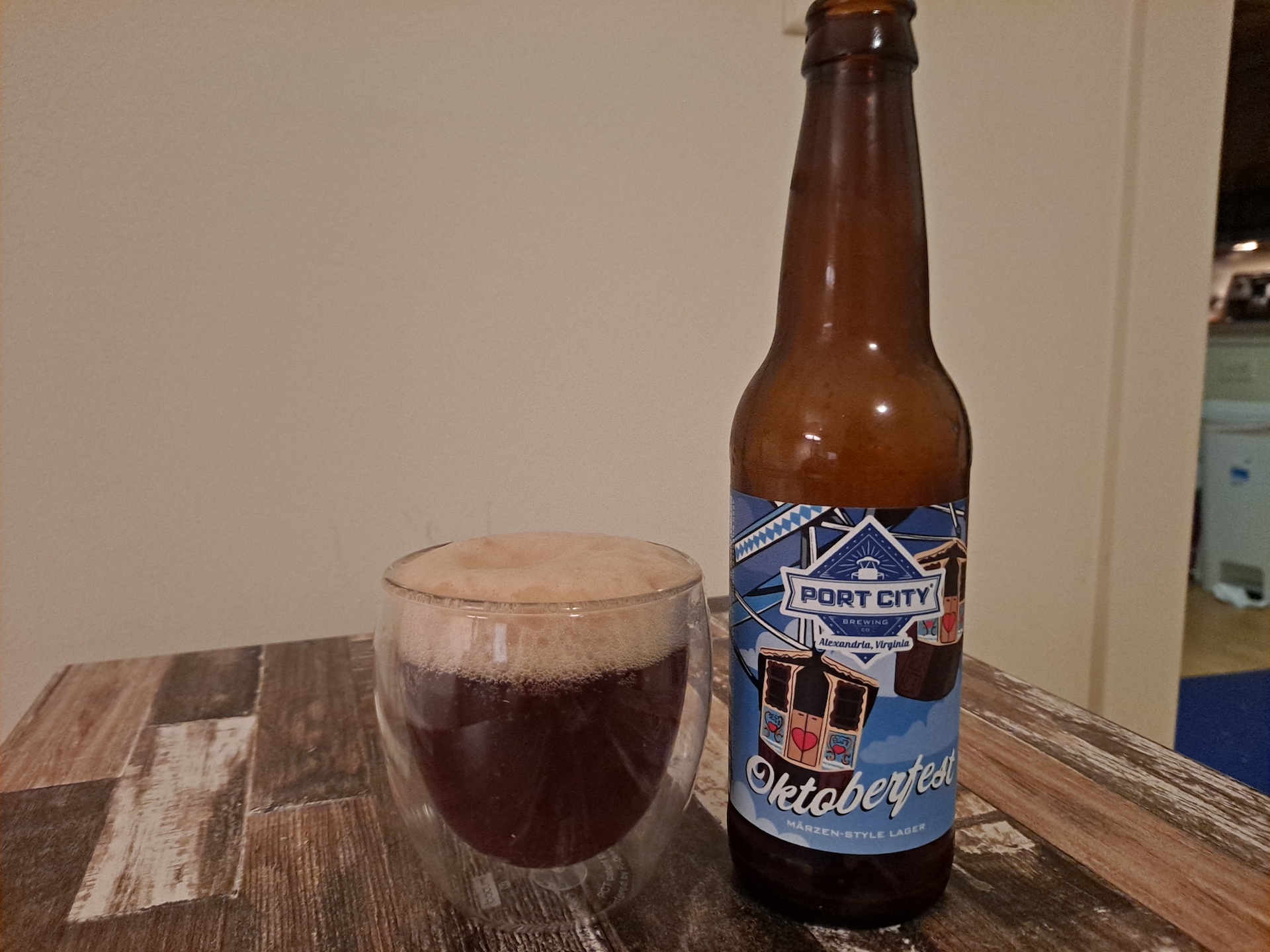
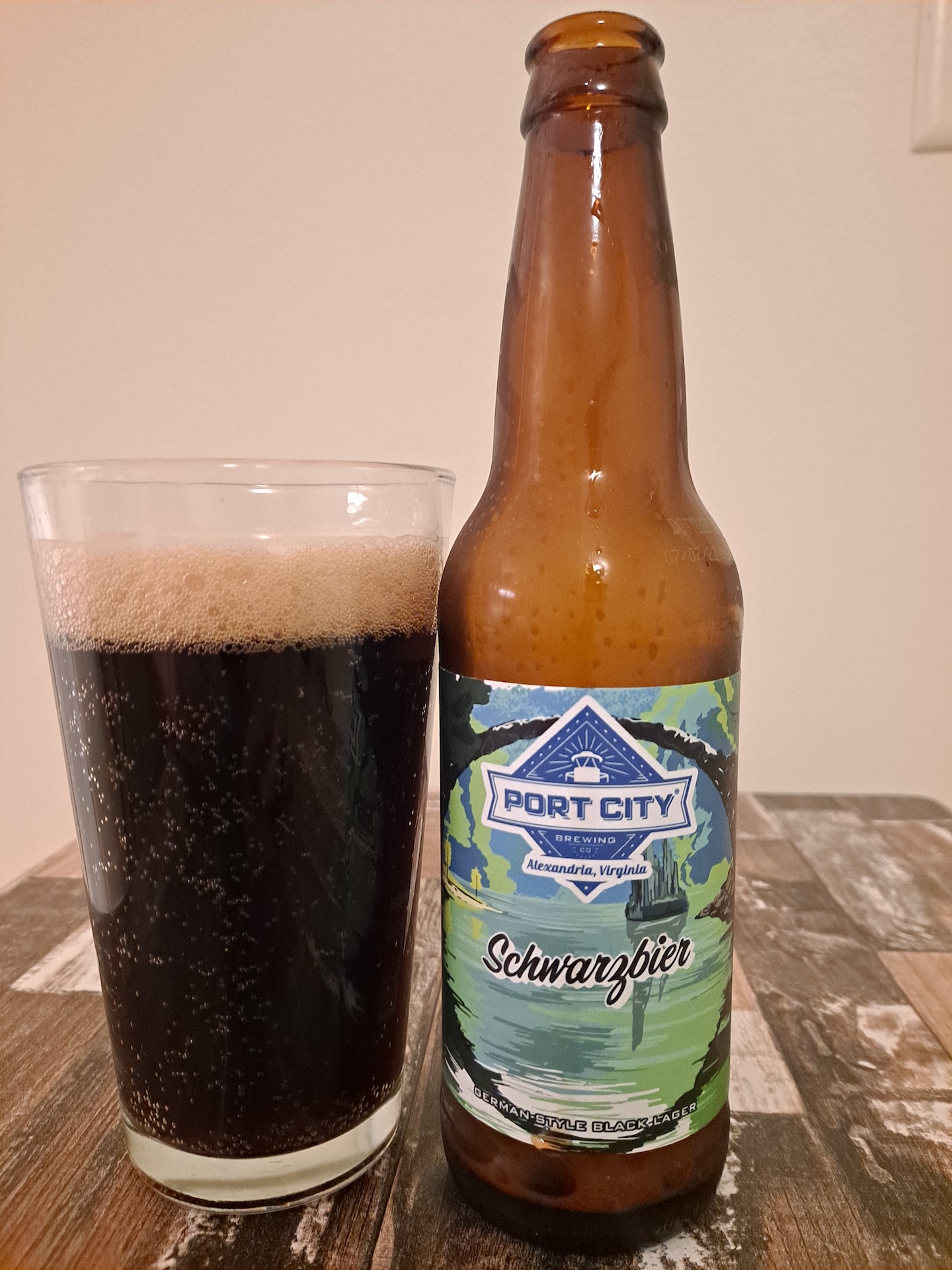
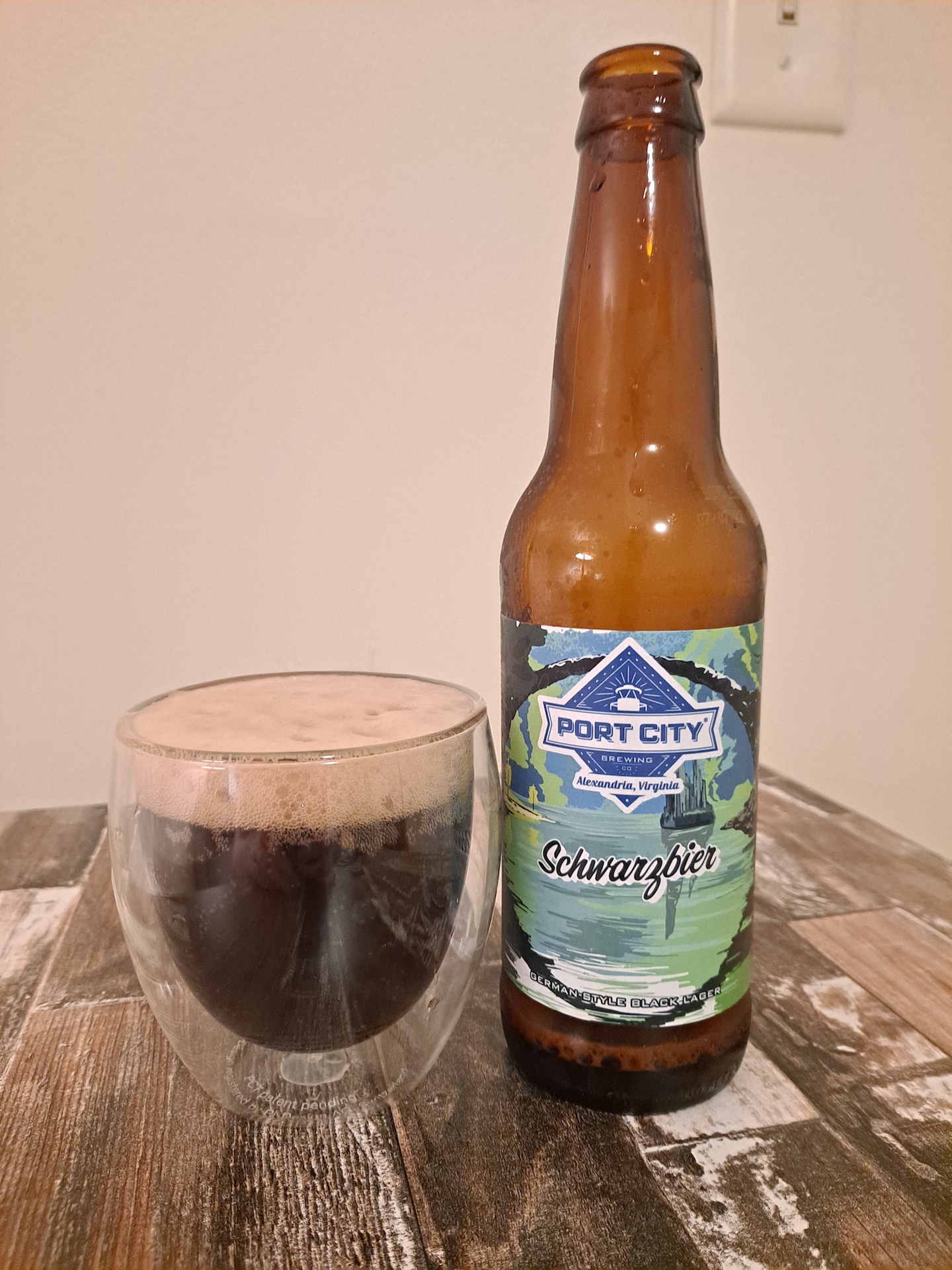
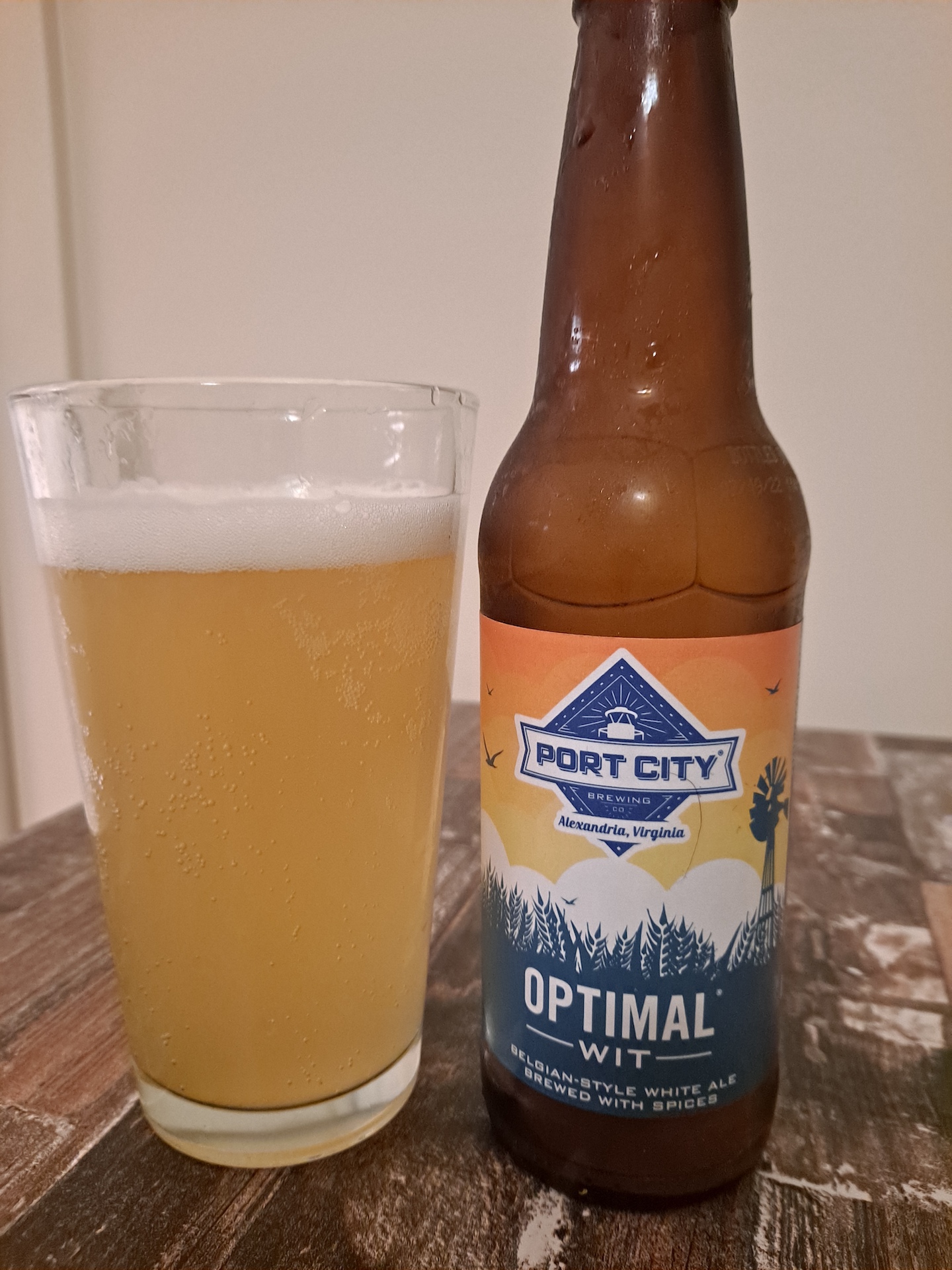
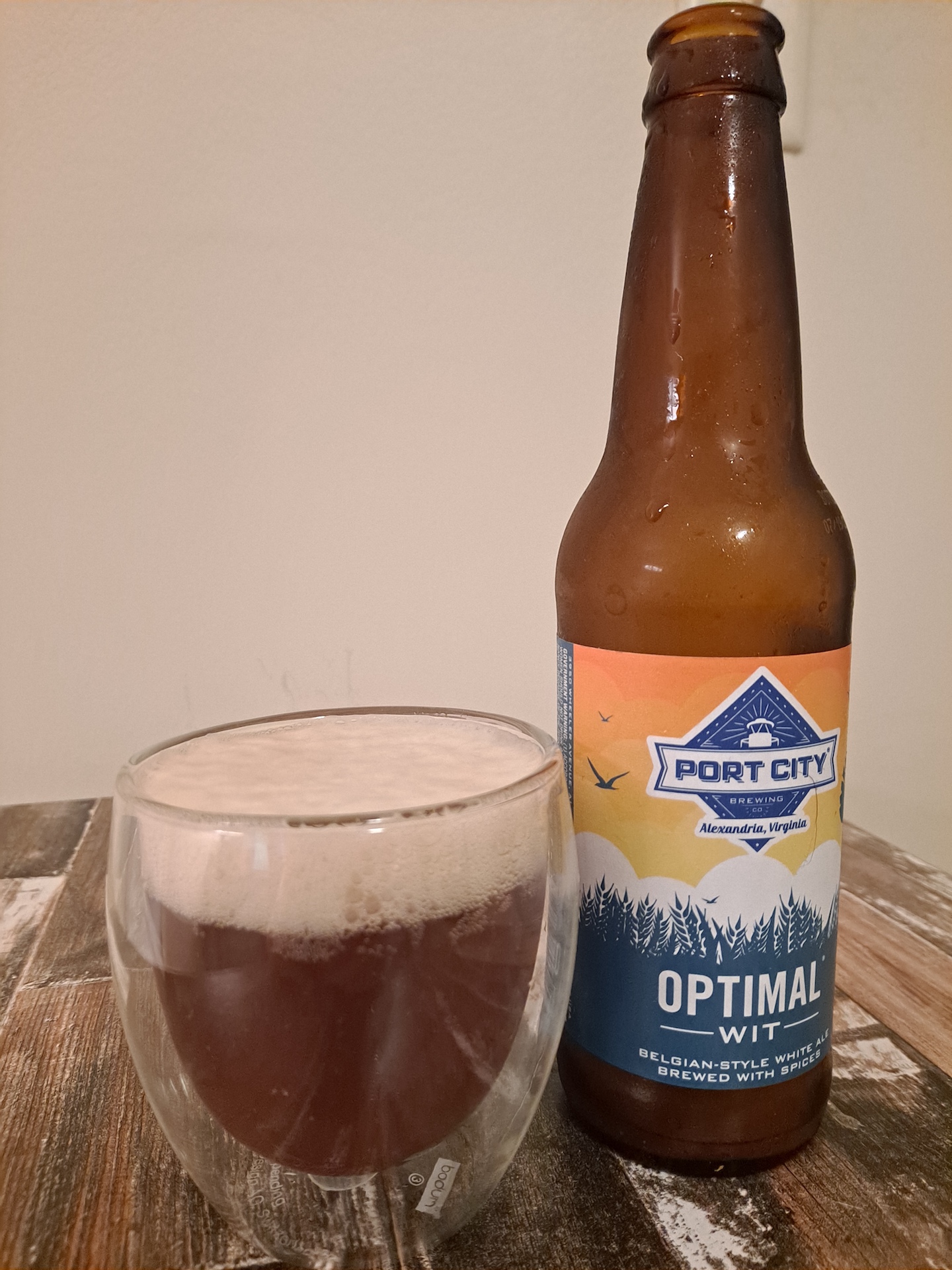

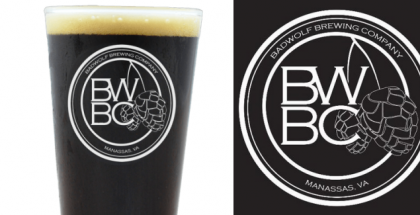

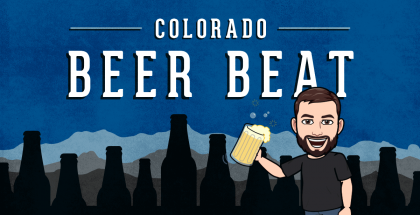
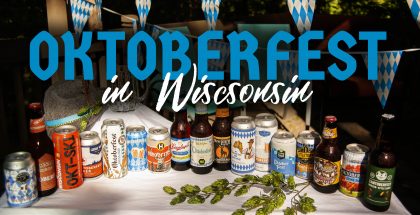
Submit a Comment